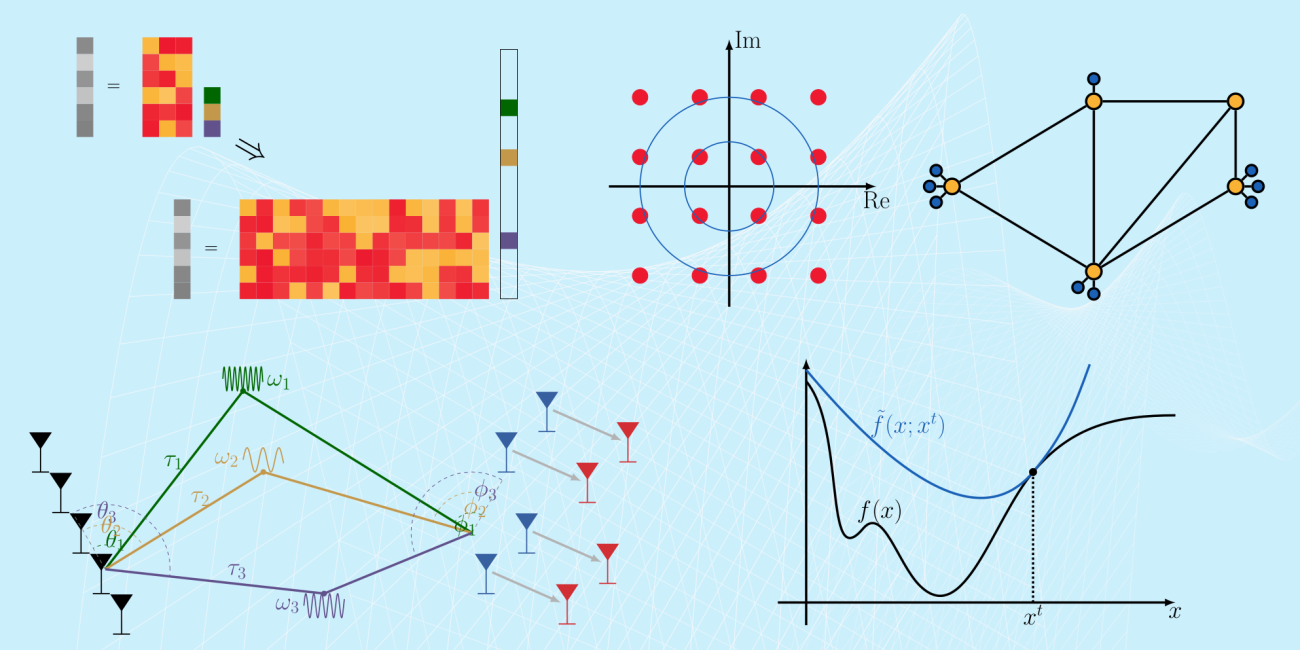| Module Number | 18-pe-2060 |
| Degree Programs | BSc / MSc ETiT, BSc / MSc WI-ETiT, MSc MEC, MSc iST, MSc iCE |
| Credit Points (CP) | 4 |
| Language | English |
| Form of Teaching | Lectures (2 SWS) and tutorials (1 SWS) |
| Form of Examination | Written exam, duration 120 min |
Students will learn standard and modern sensor array processing techniques for source localization and transmit/receive beamforming.
Teaching Content
This lecture course introduces the principles of modern sensor array processing and adaptive beamforming.
Outline: Motivation and background; applications, narrowband and wideband signal model Direction-of-arrival estimation (DoA) and Adaptive beamforming.
Direction-of-arrival (DoA) estimation
Traditional methods based on beamforming, super resolution methods, Maximum-Likelihood methods, Subspace based methods, MUSIC, ESPRIT, MODE, root-MUSIC, multidimensional source localization, beamspace processing, array interpolation, partly calibrated arrays, wideband DoA estimation, spatial smoothing, forward-backward averaging, redundancy averaging, correlated sources, minimum redundancy arrays, compressed sensing and sparse reconstruction based DoA estimation, performance bounds
Adaptive Beamforming
Point-source model, covariance model, Wiener-Hopf equation, Minimum Variance Distortionless Response (MVDR) beamformer, Capon Beamformer, sample matrix inversion, signal self-nulling effect, robust adaptive beamforming, Hung-Turner projection beamformer, Generalized Sidelobe canceller beamformer, Eigenspace-based beamformer, non-stationary environments, modern convex optimization based beam- forming, worst-case based beamforming, multiuser beamforming.
The materials for the course as well as all current information will be provided in an accompanying Moodle course.


